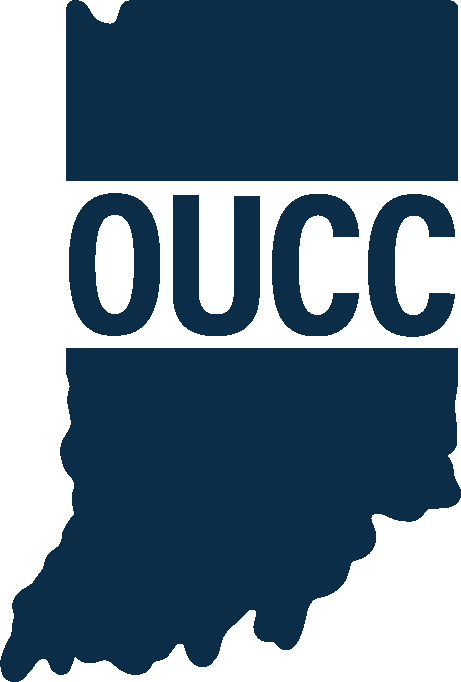The number of payphones in Indiana declined from approximately 38,000 to fewer than 1,300 between 2001 and 2016. Nationally, those numbers dropped from 2 million to just under 100,000 during the same time period.* Explosive growth of cellular phones and federal deregulation of the payphone industry are the primary reasons.
The State's Public Interest Payphone (PIP) program recognizes the need to keep payphone service available where there is a compelling public need. A Public Interest Payphone is one that is needed at a specific location in the interest of public health, safety and welfare, but not profitable for a service provider to maintain at that location.
This program is designed to:
- Encourage payphone service providers, and businesses with public payphones on their premises, not to remove unprofitable phones if they serve an important public need, and
- Encourage placement or replacement of payphones in areas where they are needed to protect public health, safety or welfare. Examples include:
- Low-income residential neighborhoods where fewer households have telephone service, and
- Remote or isolated areas where landline telephone access to emergency services could be needed (such as public parks, campgrounds and Interstate rest areas).
Formal requests for public interest payphones are considered on a case-by-case basis by the IURC Consumer Affairs Division and must meet specific guidelines.
What Indiana consumers can do
If a consumer wants to submit a request for placement of a new payphone, replacement of a removed payphone or continued availability of an existing public phone, he or she should complete a standardized PIP application form, available at http://www.in.gov/iurc/2404.htm.
A PIP application must be filed or sponsored by a governmental agency or entity. The state currently does not have funding to supply public interest payphones.
PIP inquiries and service requests will help the OUCC and IURC better monitor and understand the nature and scope of any unmet demand for public payphone service in Indiana. This will help maximize the benefits and minimize the costs of Indiana’s Public Interest Payphone Program.
What payphone service providers can do
If a provider considers removing the only public payphone at a certain location, the company should review the IURC's 2002 Order in Cause No. 40785. If the payphone meets certain criteria, the provider will be required to notify the IURC and also provide information on Indiana’s PIP program to the premises owner and any people known to be interested in retaining public payphone service in that area. The provider should also direct premises owners and affected consumers to the OUCC or IURC for further assistance.
* Statistics regarding payphone availability in this fact sheet are from the Federal Communications Commission (FCC). Specifically, 2010 FCC data showed the number of payphones in Indiana declining from 38,114 to 8,457 between 3-31-01 and 3-31-09. The most recent available data show Indiana with 1,286 payphones. The most recent national number is 99,832.
12/19
